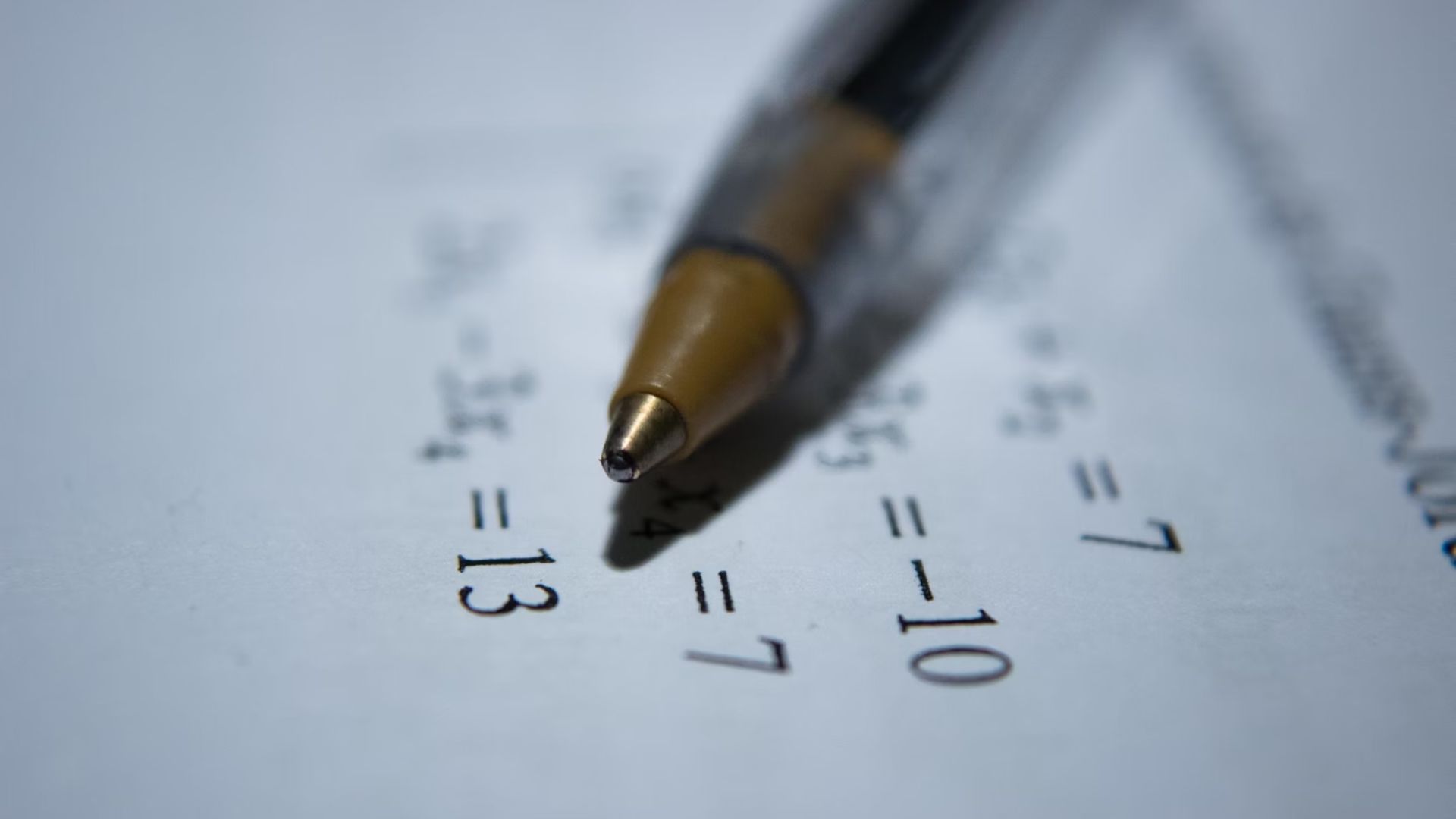New Delhi: Mathematics anxiety creates a significant barrier to learning and confidence. The aversion to maths is a psychological response that manifests as fear, stress or discomfort when engaging with calculations, often stemming from early educational experiences, including negative classroom experiences, societal stereotypes about maths being inherently hard, and a lack of engaging teaching methods that demonstrates how trigonometry can be practical, with real world applications. Maths anxiety is unique and differentiated from general academic stress because it can paralyze logical thinking, making even simple tasks seem daunting. This anxiety hinders academic performance and impacts self-esteem, leading individuals to avoid maths altogether.
To better understand maths anxiety, we spoke to the Founder and CEO of Bhanzu a digital school that makes maths fun and easy. Prakash tells us, “Math anxiety is hard to define because it’s so common in our lives that we don’t even realise it exists. It’s like background stress we have all agreed to live with. Just like how many people live with back pain and assume it’s normal, math anxiety has also become part of our schooling experience. It’s called a silent epidemic because most of us don’t talk about it. We don’t even know we have it. It shows up in children and adults alike. And in adults, it stays because of how math was introduced to them when they were young. I have personally seen this among thousands of students I have personally taught. And what’s important to note is that it doesn’t matter if the child is from a rural or urban background, math anxiety is just as strong.”
Personalising lessons helps reduce maths anxiety
Bhanzu suggests a practical approach to tackling maths anxiety, understand the strengths and weaknesses of individual students, and adapt the lessons to cater to them. Prakash explains, “The first step is to stop treating math as a subject where every child must be excellent. Just like in sports or music, every child has their own strength. Some kids understand patterns well. Others are better at logic or word problems. Teachers should notice what a child is naturally inclined towards and help them grow in that area. In my journey at Bhanzu, I have seen a six-year-old who was just learning to count – by the end of the course, he created his own number system. Many children who earlier struggled with multiplication now do speed math in seconds – without pen or paper. These moments are possible when we remove fear and create a sense of possibility.”
